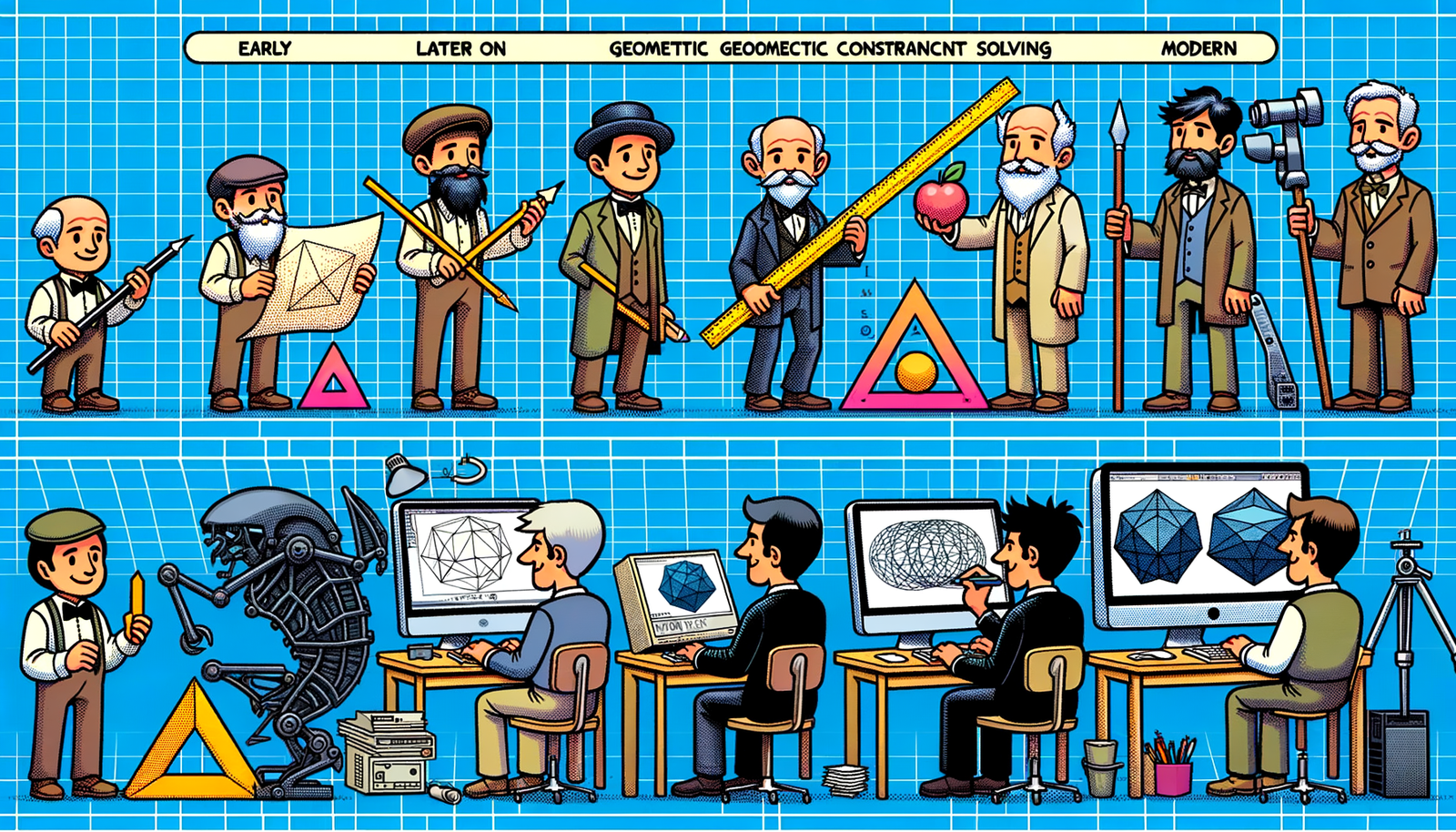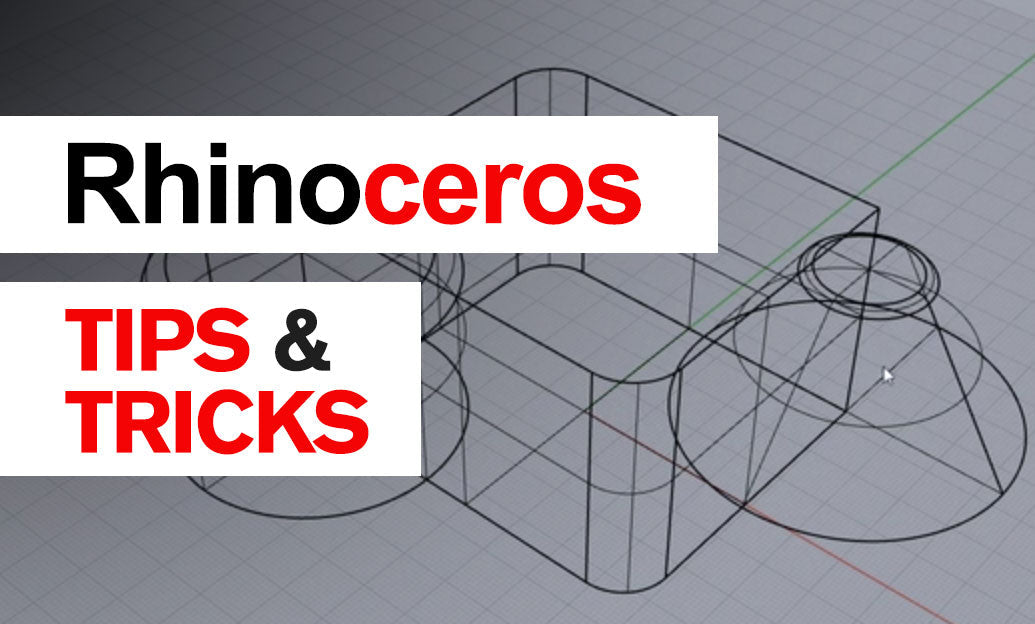Your Cart is Empty
Customer Testimonials
-
"Great customer service. The folks at Novedge were super helpful in navigating a somewhat complicated order including software upgrades and serial numbers in various stages of inactivity. They were friendly and helpful throughout the process.."
Ruben Ruckmark
"Quick & very helpful. We have been using Novedge for years and are very happy with their quick service when we need to make a purchase and excellent support resolving any issues."
Will Woodson
"Scott is the best. He reminds me about subscriptions dates, guides me in the correct direction for updates. He always responds promptly to me. He is literally the reason I continue to work with Novedge and will do so in the future."
Edward Mchugh
"Calvin Lok is “the man”. After my purchase of Sketchup 2021, he called me and provided step-by-step instructions to ease me through difficulties I was having with the setup of my new software."
Mike Borzage
Rhino 3D Tip: Essential Tips for Developing Rhino 3D Plugins: A Beginner's Guide
June 14, 2024 2 min read

Rhino plugins extend the functionality of Rhino 3D software, allowing users to customize their experience to suit specific needs and workflows. Developing a plugin for Rhino might seem daunting, but with the right approach, it can be a straightforward process.
Here are some foundational tips to get started with Rhino plugin development:
- Understand the RhinoCommon SDK: RhinoCommon is the .NET SDK for Rhino and Grasshopper. Familiarize yourself with the classes, methods, and events it provides. Documentation and resources are available on the Rhino Developer website.
- Choose Your Development Environment: Rhino plugins can be developed using tools like Visual Studio (Windows) or Visual Studio Code (cross-platform). Make sure to set up the appropriate Rhino plugin templates.
- Start with a Simple Command: Your first plugin could be a simple command. Learn how to define a command and its run-time behavior. This builds your understanding of the Rhino command structure.
- Learn to Debug: Debugging is an essential part of development. Learn how to attach the debugger to the Rhino process to step through your code and troubleshoot issues.
- Utilize RhinoCommon Geometry: Explore how to create and manipulate geometry using the RhinoCommon geometric classes, such as points, curves, and surfaces.
- User Interface Matters: If your plugin requires user interaction, familiarize yourself with Eto.Forms or Rhino.UI for creating user interfaces that integrate seamlessly with Rhino.
- Test Thoroughly: Test your plugin in different scenarios and have users beta test it. Ensure compatibility with different Rhino versions if applicable.
- Follow Best Practices: Adhere to coding standards and best practices. This includes proper use of memory, handling exceptions, and providing clear user feedback.
- Document Your Code: Write clear documentation for your plugin, including a user guide and API documentation for other developers, if relevant.
- Distribute Your Plugin: Once your plugin is ready, you can distribute it through the Food4Rhino website, which is the official resource for Rhino and Grasshopper plugins, or through your own channels.
For a more comprehensive guide on plugin development, you can always check out resources and tutorials provided by Rhino3D. Additionally, the team at NOVEDGE is ready to support you with a range of Rhino 3D software and plugins, ensuring you have the tools you need to turn your ideas into reality.
You can find all the Rhino products on the NOVEDGE web site at this page.
Also in Design News

Bluebeam Tip: Maximize PDF Security and Efficiency with Bluebeam Revu's Flatten Tool
December 02, 2024 1 min read
Read More
Design Software History: Evolution and Impact of Geometric Constraint Solving in CAD History
December 02, 2024 2 min read
Read More
Rhino 3D Tip: Enhancing Scale Modeling Accuracy in Rhino 3D: Essential Tips for Designers and Engineers
December 02, 2024 2 min read
Read MoreSubscribe
Sign up to get the latest on sales, new releases and more …


